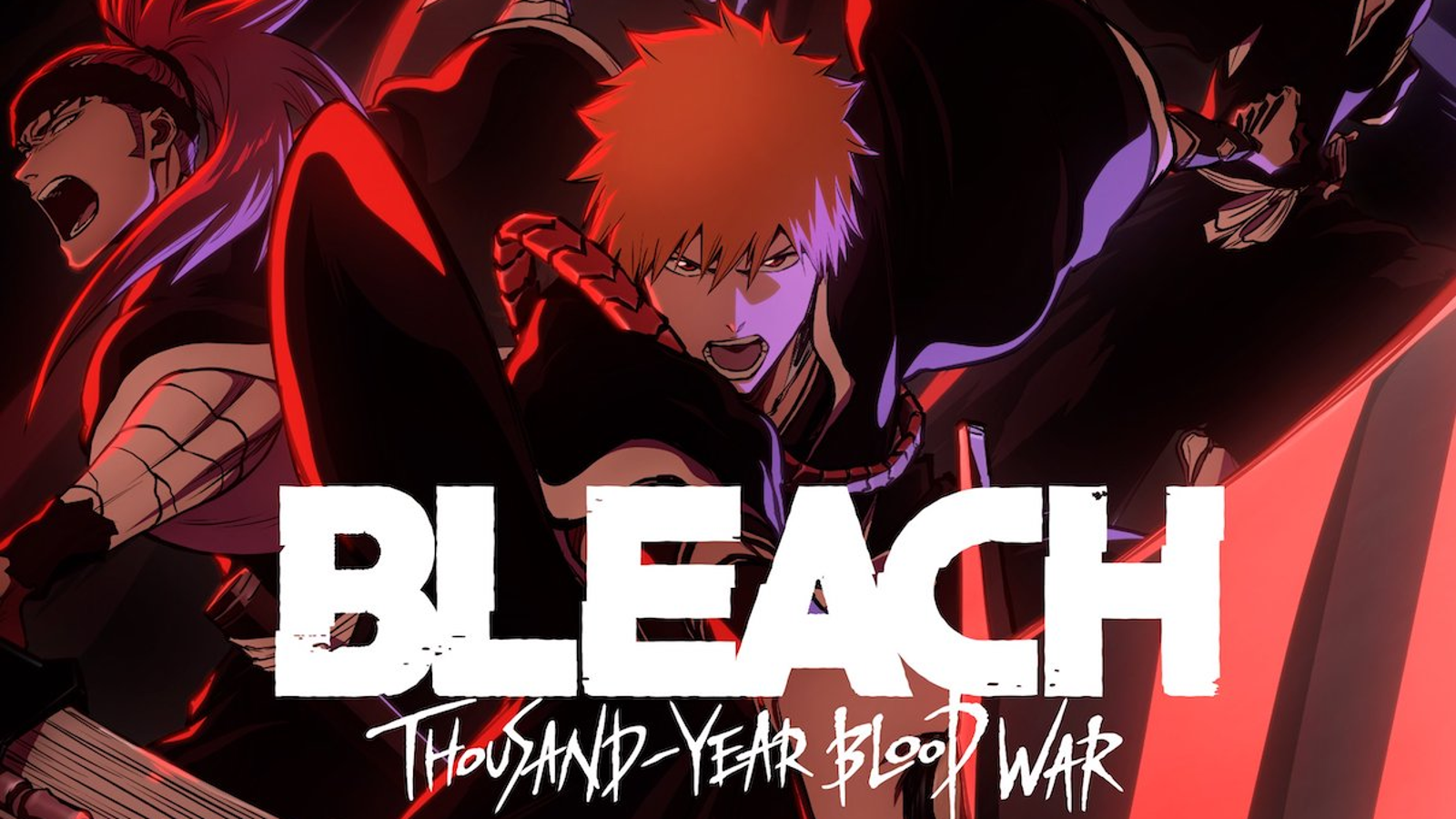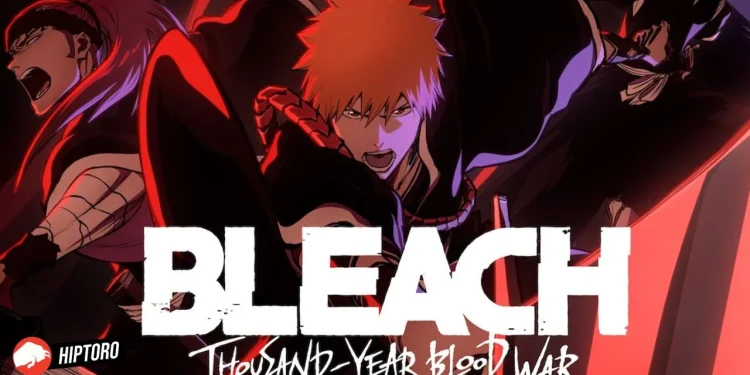In a surprising turn of events, the anime community faces a new debate sparked by the introduction of the light anime medium. Imagica Foss, a major Japanese producer and publishing company, recently unveiled its plans to venture into the realm of light anime, aiming to significantly cut down on production costs, potentially by 60-70%. However, this move has encountered resistance from prominent figures in the industry.
The idea behind light anime involves animating specific segments of digital manga illustrations while voice actors narrate the storyline. Companies argue that this approach could alleviate the colossal workload on animators and potentially enhance overall animation quality. Nevertheless, veterans in the field, including Mizue Ogawa, a key animator associated with the Bleach anime, have expressed strong dissent.

Ogawa raised a poignant question, stating that if the industry is shifting toward such half-hearted measures, perhaps the essence of creating anime is lost. She boldly suggested that if companies are solely focused on cost reduction, they should reconsider their involvement in the animation world altogether. Making anime adaptations demands unwavering dedication, and a lacklustre approach may not yield positive outcomes.
Several industry experts echoed Ogawa’s sentiments, emphasizing that the essence of light anime should be to honour the original manga’s creators. They argue that a genuine anime adaptation requires full commitment to capturing the essence of the source material, and any compromise in this dedication could result in a subpar outcome. As the anime community grapples with this new proposal, the discussion remains heated, and the future of light anime hangs in the balance.
2023年ご視聴ありがとうございましたm(_ _)m pic.twitter.com/OlOyjahGmf
— 小川みずえ (@mizue58anime) December 28, 2023
The concept of light anime promises a revolution in speed and cost-effectiveness, boasting a production expense as low as 10% of traditional TV animation. It operates by animating specific segments of digital manga illustrations while voice actors bring the narrative to life. What sets it apart is the elimination of manual drawing and colouring costs, making it feasible with a streamlined team of approximately 10 individuals. This innovative approach holds the potential to reshape the landscape of anime production.










